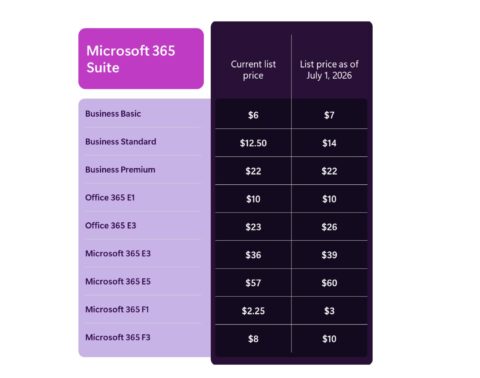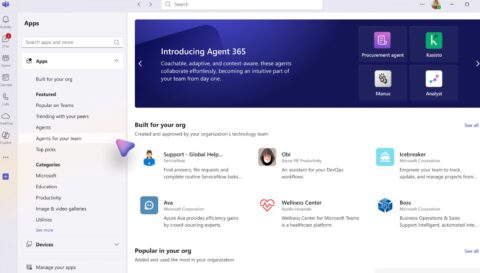Updated: September 9, 2024 (September 9, 2024)
BlogWould you adopt Microsoft's Azure Linux as your Linux distribution (if you could)?

It’s no secret that Microsoft developed its own Linux distribution, originally named “CBL-Mariner,” which it made generally available in 2023 as “Azure Linux.” Microsoft has touted Azure Linux as a lightweight distro, tuned for performance and security, which is meant for Microsoft internal use in its own first-party services and edge-computing appliances.
But I’m increasingly wondering whether that positioning is about to change. Right now, commercial customers can get access to Azure Linux as part of the Azure Kubernetes Service (AKS), where it functions as a container host OS, supporting both x86 and Arm. The code for Azure Linux is also publicly available under an MIT license on GitHub.
But what if Microsoft made Azure Linux available to customers for use directly in their own VMs and/or on bare-metal servers — basically making it an alternative to commercial Linux distros like Red Hat, Ubuntu and SUSE?
Until recently, I didn’t think this would happen because, as I and others have mused: “Does the world really need yet another Linux distro?” (And especially one from Microsoft?)
Consider the clues
Here are a few of the growing number of clues that lead me to think this actually might happen:
More than 60 percent of Microsoft customer cores run Linux workloads in VMs and containers on Azure (as of May 2024, according to Microsoft). In other words, more customer compute in Azure is running Linux on Azure than Windows Server on Azure. Distributions supported by Microsoft include Ubuntu, Debian, Kinvolk/Flatcar, Oracle Linux, Red Hat and SUSE. Microsoft also offers hundreds of preconfigured images and Linux workloads in Azure Marketplace.
Microsoft currently has no direct competitor to Amazon Linux. Amazon Linux 2023 (AL2023) enables customers to “develop and run cloud and enterprise applications in a secure, stable, and high-performance runtime environment. Also, you get an application environment that offers long-term support with access to the latest innovations in Linux,” according to the AWS site. AL2023 is provided at no additional charge. In addition to running directly on Amazon EC2, Amazon Linux can also be run as a virtualized guest in KVM, VMware and Hyper-V.
Microsoft has no immediate plans to release a version of Windows Server on Arm. Internally, Microsoft does run Windows Server on Arm, officials have said. But recently, a company representative went public saying the Windows Server 2025 release will not include a version for Arm, though the company continues to evaluate future directions. Having an Azure Linux release available on Arm would give Microsoft a way to keep its finger in the commercial Arm server pie.
LinkedIn recently deployed Azure Linux internally as a replacement for Red Hat’s CentOS7, which is no longer supported as of June 2024. As of April 2024, Azure Linux is running “nearly all of LinkedIn’s servers, virtual machines, and containers,” according to a recent LinkedIn blog post. Yes, LinkedIn is technically part of Microsoft. But both Microsoft and LinkedIn continue to act as if LinkedIn is a separate company (except when it comes to earnings time). And the LinkedIn Azure Linux effort, on which teams from other parts of Microsoft and LinkedIn have collaborated for the past year, includes Azure Linux deployed on bare-metal servers.
Microsoft isn’t denying this could happen. After reading the LinkedIn post on the move to Azure Linux, I asked Microsoft about my theory. The response from a company spokesperson: “Azure Linux for VM or bare metal use is not available as a commercially supported offering today. Support is limited to AKS as the host OS.” Note the key word: “Today.”
If and when Microsoft does remove the current constraints on running Azure Linux commercially, it won’t be doing so to try to make money from Linux. Instead, it will try to skate to the puck. Microsoft wants to attract more customers to Azure and needs to offer what those customers want to use. Azure Linux could attract more of those customers who want to see more explicit support and commitment from Microsoft for those uses.
But the question remains: Will a vendor — that a long time ago (in a Steve Ballmer galaxy far, far away) tried to kill Linux — be considered a good steward for a Linux distribution? Given how much has changed in recent years at Microsoft, my vote is yes. But I’m curious what customers think….
Related Resources
Adopting Azure Linux as LinkedIn’s operating system















